Description
A Portrait of the Artist as a Young Man is a semi-autobiographical novel by James Joyce, published for the first time in 1916. The novel accounts for the formative years of Stephen Dedalus, a character representing Joyce himself, who suppresses his identity, artistic ambitions, and influences from religion, family, and society.
Brief Summary:
Coming of Age: The novel follows Stephen’s metamorphosis, from a young lad to a young man. The story revolves around Stephen’s misadventures in Dublin, with all the crises he faces, from forging a valid identity and an artistic vision, free from what his family, church, or culture so predominantly enforced.
Family and Childhood: Stephen’s early childhood is the starting point for the novel, wherein he has lived through his experiences at home, his relationships with his parents, and his schooling at a Jesuit boarding school. His early life has been molded by the influence of his family, especially with regard to the alcoholism of his father and his mother’s being stern.
Religious Conflict: As Stephen grows up, he is caught between his Catholic background and the dogmas of the church. The conflict arises when he started questioning the dogma of his faith, effects it has on society, and compares this to the turmoil author experienced with the religious identity.
Artistic Revival The novel traces Stephen’s growing awareness of his artistic propensities. He gradually comes to despise ordinary life, almost losing hope that one could be ensnared to the lot of an artist. The literature and poetry that he has encountered and digested by the mind with the integrated philosophy sparks in him a desire to break free from the prison of social convention and pursue a life dedicated to art.
Search for Identity Throughout the novel, Stephen is constantly in a state of self-exploration. The novel tries to cover issues of nationality, sexuality, and individualism as elements that help Stephen proclaim himself as an artist. His rebellion against the traditional values of society and pursuit of personal liberation make him realize that he should leave Ireland for his artistic interests.
Themes
Identity and Self-Discovery: The novel tracks Stephen’s identity search influenced by the family, religion, and society, among others, while he tries to affirm himself as an artist.
Revolt Against Authority: Stephen’s revolt against religion and other aspects of his societal and family life puts under the limelight the theme of revolt as Joyce also perceived the role of the artist in society.
Art and Aesthetics: The novel is concerned with the ontology of art and artist, akin to the individualistic philosophy and the pursuit of artistic purity.
Writing Style:
Joyce employs the stream-of-consciousness technique for narration that lays the reader directly in Stephen’s sight through fluidity. The writing style throughout the novel changes according to Stephen’s transformation and new insights.
Conclusion:
A Portrait of the Artist as a Young Man, in modernist literature, is an extremely important book that describes and captures the intricacies of adolescence, along with the struggles of the artistic spirit, in order to resonate within people’s hearts and souls, as it brings forth identity and all insecurities into play while contemplating breaking away from the shackles of societal norms. Joyce’s quest into self-discovery and the role of the artist continues to impact writers and artists still writing today.

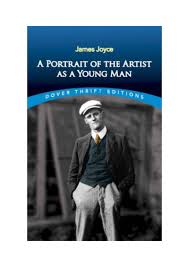
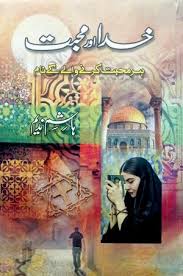
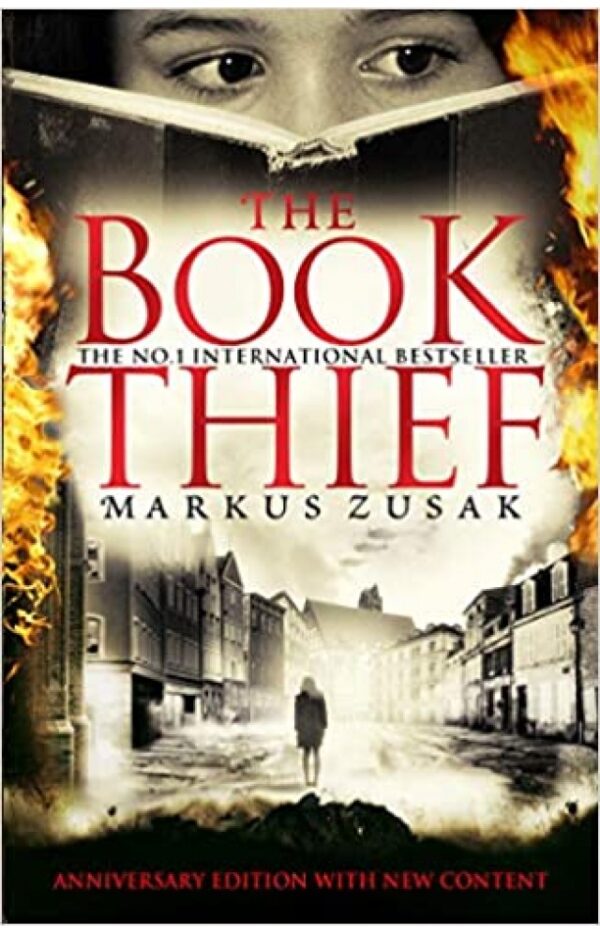
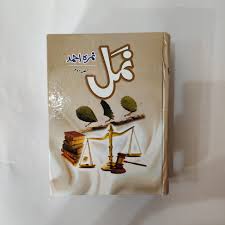
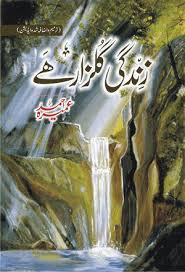



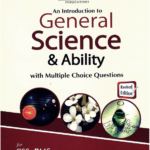
Reviews
There are no reviews yet.